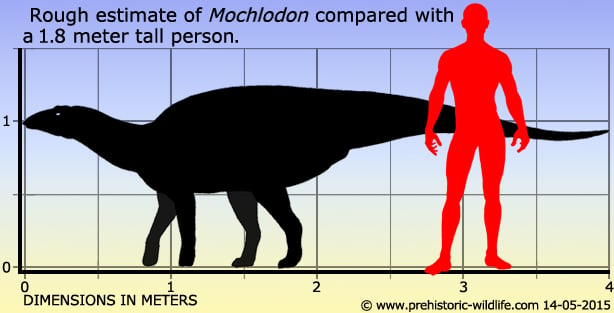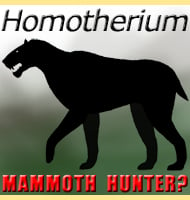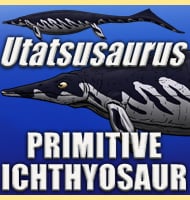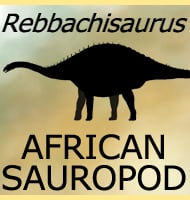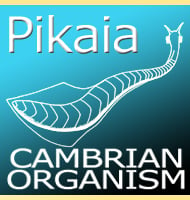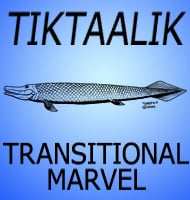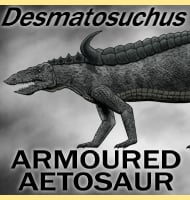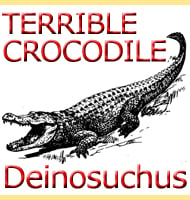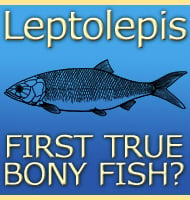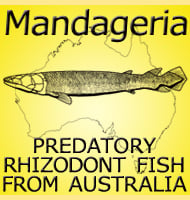In Depth
The original bones of Mochlodon were first discovered in 1859, but were not formerly identified until 1870. When named by Emanuel Bunzel, the remains were identified as those of a new species of Iguanodon. However, by this time Iguanodon was being treated as a ‘wastebasket taxon’ for any remains that had a superficial similarity to the now world famous Iguanodon. Harry Govier Seeley declared the remains as being worthy of their own genus, creating the name Mochlodon after a pronounced ridge that runs down the middle of each tooth.
Mochlodon has a strong similarity to another European dinosaur named Rhabdodon, so much so that many species once assigned to Mochlodon have been transferred to Rhabdodon because closer study has revealed them to actually belong to this genus. One of these species Mochlodon robustum that got changed to Rhabdodon robustum and then R. robustus has now been renamed into its own genus, Zalmoxes. However further studies of Zalmoxes and Mochlodon has led to some palaeontologists claiming that there are no clearly defined differences between the two, and may in fact be the same. Further fossil material may yet clear this and no changes are likely until absolute proof can be found to suggest that they are. If proven the same however, then Zalmoxes would be absorbed into Mochlodon because Mochlodon was named first.
Further Reading
– The reptile fauna of the Gosau Formation preserved in the Geological Museum of the University of Vienna. Quarterly Journal of the Geological Society of London 37(148):620-707. – harry Govier Seeley – 1881. – Phylogeny, Histology and Inferred Body Size Evolution in a New Rhabdodontid Dinosaur from the Late Cretaceous of Hungary. – PLoS ONE 7 (9): e44318. – A. Ősi, E. Prondvai, R. Butler, D. B. Weishampel – 2012.
